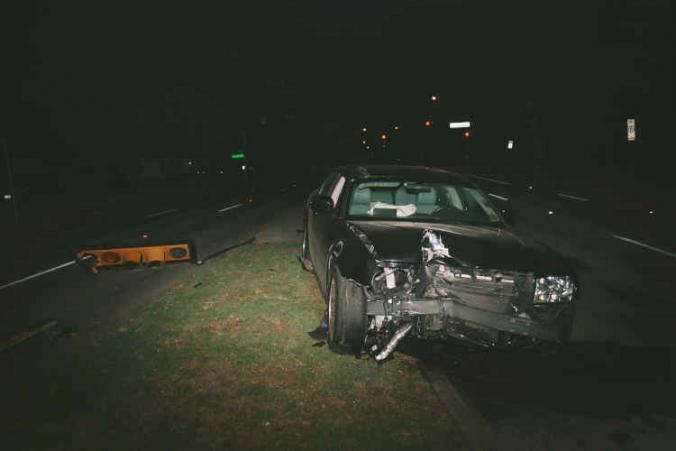Negligence isn’t typically an issue in a workers’ compensation claim. When a work injury happens, or work illness develops over time, it doesn’t matter who’s at fault. In general, except in very rare circumstances, work injury claimants cannot sue their employer. Similarly, if a worker is injured at work or suffers an occupational disease, the worker is covered even if it’s their own fault.
Negligence in a workers’ compensation claim
However, sometimes negligence does matter. It matters when a negligent third party causes the workplace injury or disease . Here, a third party is someone other than the employer. It also cannot be an employee of the employer, or the work injury claimant. When a third party causes the injury at work or the industrial disease, they may still be liable for negligence. When this issue arises in an L&I claim or self-insured employer claim, then we call it a “third party claim”.
In my experience, most frequent third-party claims involve a motor vehicle accident (or MVA). Workers that drive often in their job are more likely to experience a work-related motor vehicle accident. For example, delivery drivers, truck drivers, bus drivers, and shuttle drivers. I’ve also seen third party claims involving flaggers or construction workers injured by a negligent driver. Third party claims also arise when a defective product causes an injury or disease. For instance, a manufacturer may be liable if a faulty piece of equipment causes the injury or illness. Examples include defective saw blade guards, defective respirators, or defective steel toe boots.
Costs in third-party L&I claim
When a negligent third party causes the injury at work, the work injury claimant can take legal action against the negligent party. This may shift some of the workers compensation claim costs onto the responsible third party. This kind of cost shifting helps reduce (or even eliminate) the cost burden on the L&I industrial accident fund. Therefore, the Department of Labor and Industries (L&I) has a financial interest in the legal action against the third party.
Sometimes, work injury claimants are reluctant to pursue the legal action against the third party. Mostly, it’s because of the time and energy spent on additional legal battles in civil court, outside the L&I setting. When this happens, L&I may pursue the action in the worker’s name, because L&I has its own financial interest. However, there are many cases where the work injury claimant takes on the legal fight. In that case, L&I becomes a lien holder in the legal action against the third party. Depending on the severity of the injury and the strength of the negligence case, it’s often a good idea to pursue the additional legal action.
Dividing the payout among all parties
Since L&I has financial interest, the parties to the legal action cannot reach a settlement without consulting L&I. Eventually, if the case settles or resolves through litigation, the monetary award divides between several entities. First, litigation costs and attorney fees are paid proportionately by the work injury claimant and L&I. Second, the work injury claimant receives twenty-five percent of the remaining balance (unless they agree to a smaller percentage). Then, the remainder goes to L&I but only to the extent they need to reimburse for payout of benefits.
In summary, when a negligent third party causes an injury or disease, they may be liable. Furthermore, the injured worker may bring legal action against the third party. If they do not, L&I can still pursue the legal action (if they choose to do so). Any monetary proceeds of the legal action are divided between attorneys, the injured worker, and L&I. Work injury claimants should get twenty-five percent. Finally, L&I is entitled to reimbursement for the benefits they pay under the workers’ compensation claim.

Leave a Reply